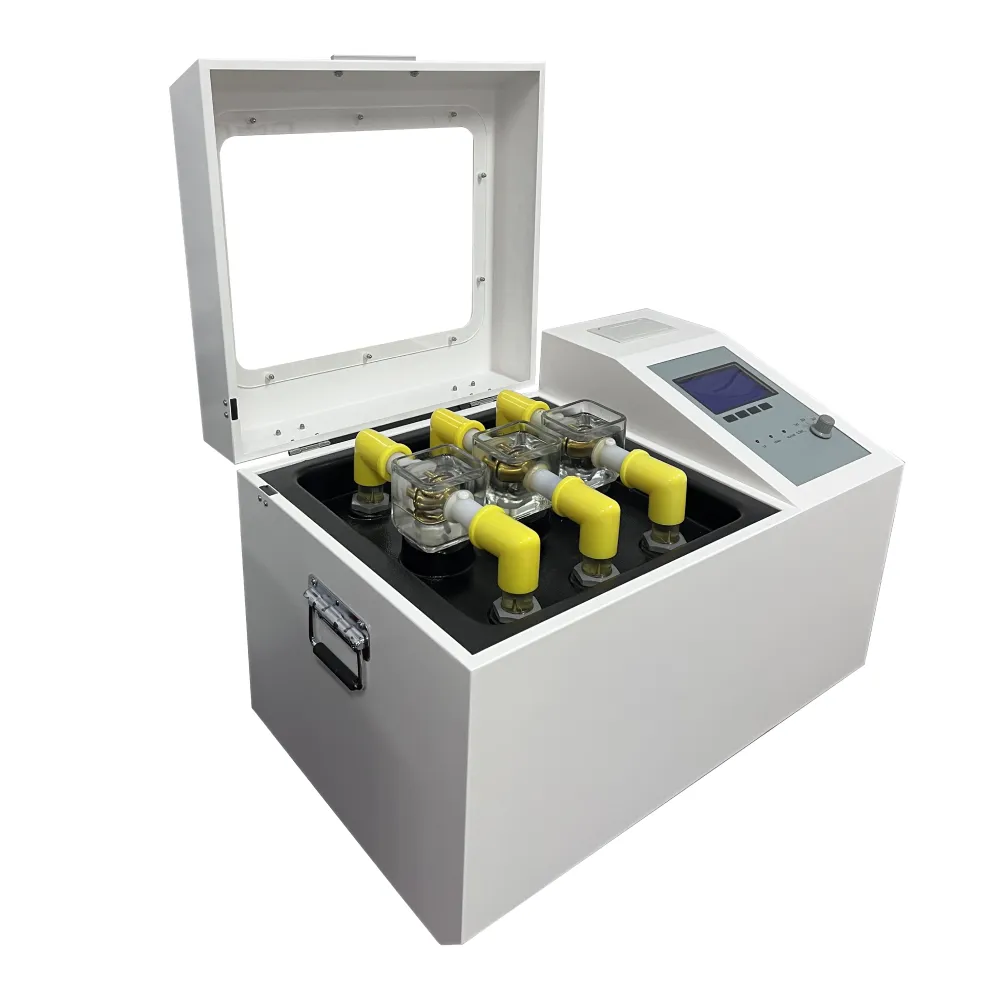 English
English


Testing Current Transformers Using Secondary Injection Method for Accurate Measurements
Understanding the Secondary Injection Test of Current Transformers
Current transformers (CTs) are essential components in electrical power systems, used to reduce high currents to a lower, more manageable level for metering and protection. To ensure their reliability and accuracy, regular testing of CTs is crucial, and one of the most effective testing methods is the secondary injection test.
What is a Secondary Injection Test?
A secondary injection test involves applying a known current to the secondary winding of the current transformer while monitoring the output. This method is beneficial because it allows testing of the entire protection or metering circuit in a controlled environment without exposing the lines carrying high voltage. The test is primarily designed to verify that the CT operates accurately and consistently under its specified conditions.
Importance of Secondary Injection Testing
1. Accurate Performance Verification Secondary injection tests help verify that the current transformer reproduces the primary current accurately at its secondary output. This is crucial, as inaccuracies can lead to miscalculations in electrical measurements and potentially jeopardize system reliability.
2. Protection System Assessment The secondary injection test provides a means to evaluate protective relay settings and their responses to different current levels. By simulating fault conditions, engineers can observe how the relay reacts and ensures that it will operate when needed.
3. Calibration and Maintenance Regular testing allows for the identification of any drift in the calibration of current transformers. This proactive measure helps in maintaining the integrity of the entire system and ensures compliance with industry standards.
4. Fault Detection The testing process can reveal potential issues such as insulation breakdown, internal short circuits, or physical defects within the CT. Identifying these problems early can prevent unexpected failures during operation.
secondary injection test current transformer

Procedure for Conducting a Secondary Injection Test
The secondary injection test typically involves the following steps
1. Preparation Ensure that all necessary safety protocols are in place. Disconnect the equipment from the power supply and ground the system to prevent any accidents.
2. Connection Connect the secondary injection test set to the secondary terminals of the current transformer. Ensure that the connections are secure and correct.
3. Setting Test Parameters Configure the test equipment to the desired test currents and intervals. Common test currents may range from a fraction of an ampere to rated secondary current.
4. Testing Activate the test set to inject the specified currents while simultaneously recording the output from the CT. It is crucial to monitor the behavior of both the CT and any connected relays or meters.
5. Analysis After completing the test, analyze the recorded data to confirm that the output matches the expected values. Any discrepancies should be investigated to determine the cause of the deviation.
Conclusion
The secondary injection test is a vital practice for ensuring the accuracy and functionality of current transformers in electrical systems. By regularly conducting these tests, utility companies and electricians can enhance system reliability, ensure safety, and maintain compliance with industry standards. With the growing complexity of electrical networks, investing in reliable testing procedures like secondary injection testing is more important than ever.
-
Differences between open cup flash point tester and closed cup flash point testerNewsOct.31,2024
-
The Reliable Load Tap ChangerNewsOct.23,2024
-
The Essential Guide to Hipot TestersNewsOct.23,2024
-
The Digital Insulation TesterNewsOct.23,2024
-
The Best Earth Loop Impedance Tester for SaleNewsOct.23,2024
-
Tan Delta Tester--The Essential Tool for Electrical Insulation TestingNewsOct.23,2024





